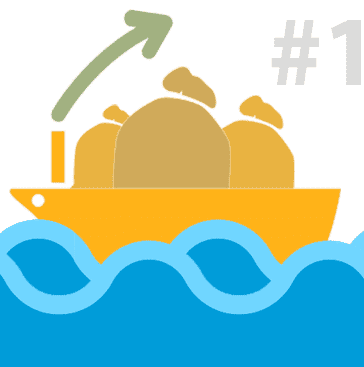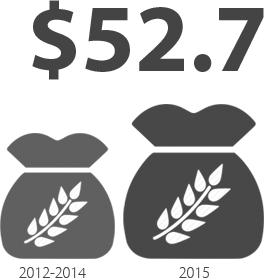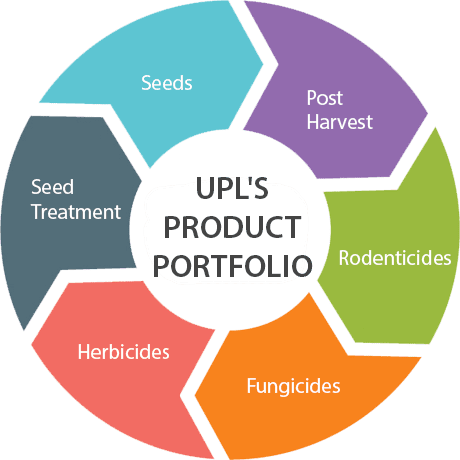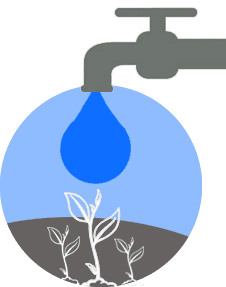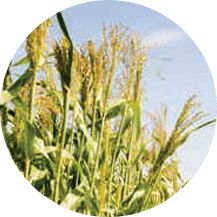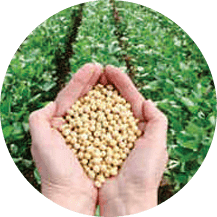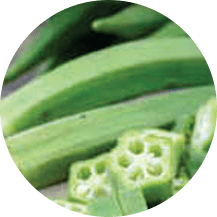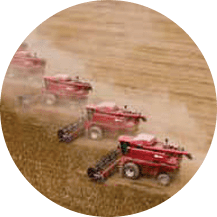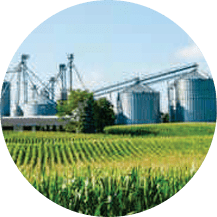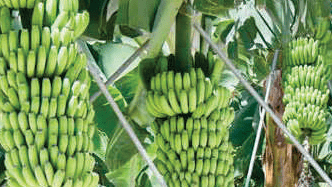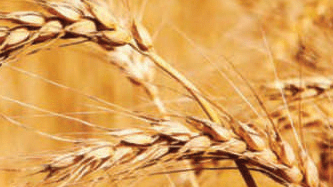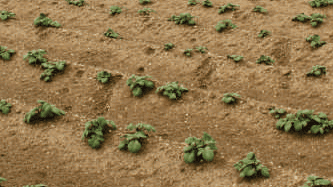The anatomy of global agriculture has undergone a complete metamorphosis in recent decades and is structurally very different now. According to the World Factbook of the CIA, in 2014, the global agricultural output was $4,771 billion. But a full 42 percent of this output comes from just six countries: China ($1,005 billion) is the largest producer, followed by India ($367 billion). The United States is third ($279 billion), followed by Brazil ($130), Nigeria ($122 billion) and Indonesia ($121 billion).½.s you can see, five of the six global leaders in agricultural output are developing countries. In fact, China and India alone account for close to 30 percent of the global total. According to the Food and Agriculture Organization (FAO), there are more than 570 million farms in the world, and 70-80 percent of them are family farms, accounting or more than 80 percent of the worlds food in terms of value. Only four percent of these farms are present in high-income countries. Clearly, family farming forms the backbone of agriculture in developing countries. This is where UPL comes in. Being a global company of Indian origin, UPL has the expertise and passion required to understand and service the evolving needs of family farms across the globe. Meanwhile, the worlds population is projected to grow from about 7 billion in 2012 to 9.6 billion people by 2050. According to Alexandratos, N and J Bruinsma, in World agriculture towards 2030/2050 food supplies need to increase by 60 percent (estimated at 2005 food production levels) in order to meet the food demand in 2050. India's domestic demand for food and fibre is expected to go up considerably as we have the second-largest economically active population in the world.
The need of the hour is strategic thinking and rapid but thoughtful action. We need to produce more and reduce wastage. The UN-PAO estimates that nearly 30 percent of foods produced are wasted post-harvest, resulting in huge economic losses in addition to a negative environmental footprint. Food availability and accessibility can be made better by increasing production, improving distribution, and reducing these losses. Thus, reduction of post-harvest food loss is a critical component of ensuring global food security. In the next 10-15 years, we expect 75 percent of primary agricultural production to come from Asia, South America and Africa. We have already turned our focus towards these three continents. Our domain knowledge is qualitatively different and superior both in spectrum and scale. We have a range of products that protect crops from pre-planting to post-harvest, thus playing a lead role in establishing food security globally. For instance, the top three foods in the world in terms of human consumption are rice, wheat and potato. UPL has an impressive range of products that protect and preserve them on-field and off-field (while in storage) as well. Crop protection is a key component in guaranteeing food security.
